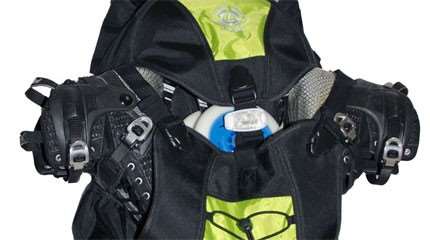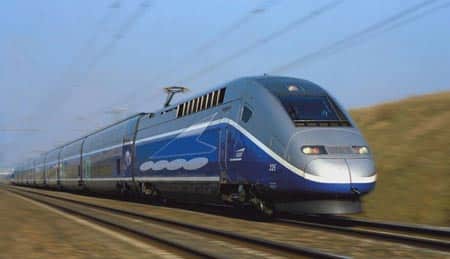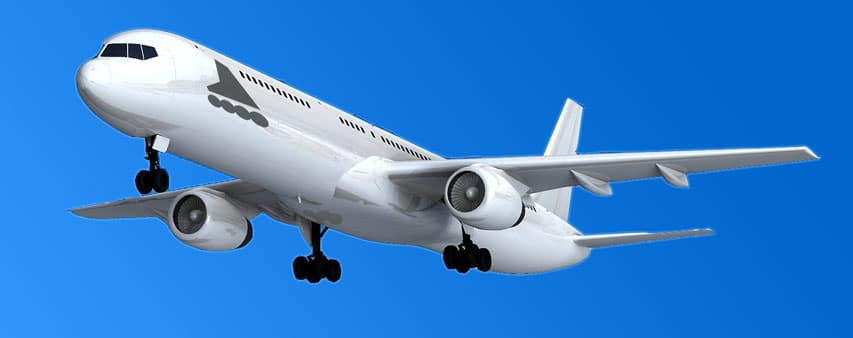Which means of transport for which skate trip?
Whether you are a ref, a speed skater, a hockey player, an artistic skater — or whatever your discipline, your passion inexorably leads you to travel during the weekends to participate in skating events. You can opt for various means of transportation...
Par alfathor

Make your choice according to the circumstances
 To make the right choice of means of transport, you should take into consideration a few parameters:
To make the right choice of means of transport, you should take into consideration a few parameters:
- the number of people travelling
- the baggage volume
- the time constraints
- the distance
- the proximity of the arrival spot from a train station, an airport, a road network
- the kilometers to be travelled once on the spot
- the length of the trip
Car/minibus rental
Owning a vehicle isn’t always a good option for associations, especially if they don’t use it very often.
The fixed charges related to the purchase, insurance and maintenance can quickly become prohibitive.
If you -or your association- don’t have a vehicle, and if you only go on skating trips from time to time, car rental may be a solution. Prices have been decreasing for the last two years because of the competition. Don’t hesitate to visit a price comparison website to find the best deal.
Renting may be interesting if you travel on a relatively short period (a few days), if there are several people in the vehicle, and if the place of the event is far from a road network. Having a vehicle at your disposal offers great flexibility to get to the competition place or to travel on the spot without having to think much: How complicated does it get when you have to go to the competition place in the middle of nowhere and you don’t have a car?
 |
Pluses+ Flexibility |
 |
Minuses– Choose the rental place carefully |
Car sharing
 With the increase of the costs of transportation, economical and ecological concerns push us to think of new alternatives. The car sharing solution may be efficient and cheap if it meets several conditions:
With the increase of the costs of transportation, economical and ecological concerns push us to think of new alternatives. The car sharing solution may be efficient and cheap if it meets several conditions:
- travelling with a small number of people (it’s hard to make a hockey team travel in those conditions)
- not having much luggage! (e.g. forget about it if you’re a roller hockey goalie…)
- travelling from one big city to another so that you don’t have problems to find a car sharing
Most of the time, it won’t be much of a trouble to find a car sharing in big cities. It might get more complicated if you need to get to a village. In that case, an understanding car sharer may give you a lift if it doesn’t deviate too much from their route. Be friendly!
Blablacar is a French startup which meets great success in France and abroad.
 |
Pluses+ Price |
 |
Minuses– Not knowing the driver |
Coach
In France, at least 75 cities are connected with coach lines.
Because of a very competitive international market, prices are far cheaper than for trains, in the same range as car sharing.
The biggest damper of travelling by coach remains the time: If you go from Paris to Lyon, it will take you 6 hours 50 (price under 20€) against 1h50 by train.
On the other hand, companies make huge efforts in offering well equipped and comfortable vehicles.
For a trip with a consequent number of skaters and a lot of equipment, a club will be well advised to consider the coach option (ex: for the 24 H of Le Mans).
 |
Pluses+ Cheap price |
 |
Minuses– Travelling time |
Train
 Train ticket prices may be interesting if you book them a long time in advance (3 months) or if you have a discount card, otherwise it’s quite an expensive means of transportation. It may be worth considering if you travel alone or by two, but loses interest for group travel.
Train ticket prices may be interesting if you book them a long time in advance (3 months) or if you have a discount card, otherwise it’s quite an expensive means of transportation. It may be worth considering if you travel alone or by two, but loses interest for group travel.
Besides, as soon as you have bigger luggage to carry, travelling by train soon becomes a nightmare: lack of room to store your luggage, hard to carry.
Not even mentioning if you happen to have to change train stations or take the metro…
If you have a direct train, it is still worth considering. But it’s a whole other story if you have to change trains, which often happens to be stressful with very short connections…
Taking the train still has a tangible advantage, though: You can rest, sleep, walk, work or chat without worrying about the tiredness of driving. Travelling by train is one of the safest means of transportation.
Train is more suitable if you travel in a small number, with limited luggage, and especially from one big city to another. As soon as you have to combine train with other means of transportation, the gain compared to driving drastically drops.
 |
Pluses+ Price if booked in advance |
 |
Minuses– Not suitable for group travel |
Plane
When your destination is over 500 km away, you may consider taking the plane. Prices have become a lot cheaper over the last years with low cost companies like Hop, Volotea, Easyjet, Ryanair…
However, planes have limits too. First, you have to get to the airport very early for luggage check-in and to pass the security. And if you are a hockey player, you quickly find yourself with an extra luggage to pay for.
Most of the time, for a 3-hour trip, people would rather go for the train option. Taking the plane is good if you travel light and you don’t have any checked baggage, but it’s very rare when you are a skater and the tiniest tool doesn’t pass the metal detector.
 |
Pluses+ Fast means of transportation from one big city to another |
 |
Minuses– Boarding period |
What about multimodality?
Multimodality consists in taking several means of transportation for the same trip. Transport is multimodal by nature: you leave your house by foot, you take the bus to the train station or the airport, you fly to your destination, and you finish you trip in a shuttle or a metro for example. Sometimes mixing different means may be a good option, just do the math!

Useful links
Skating, a fully-fledged means of transportation
15:30-17:00
